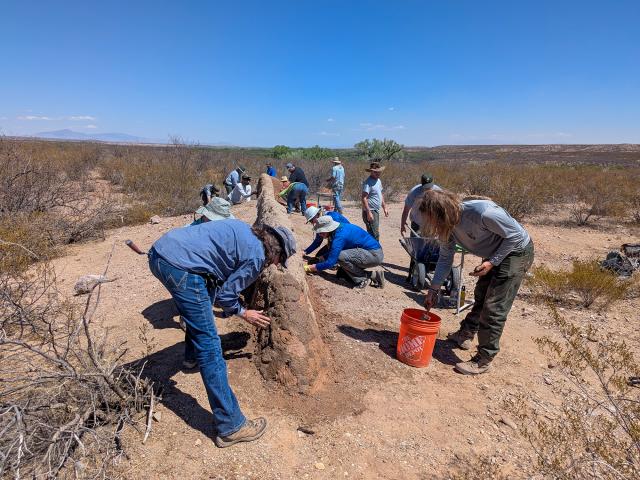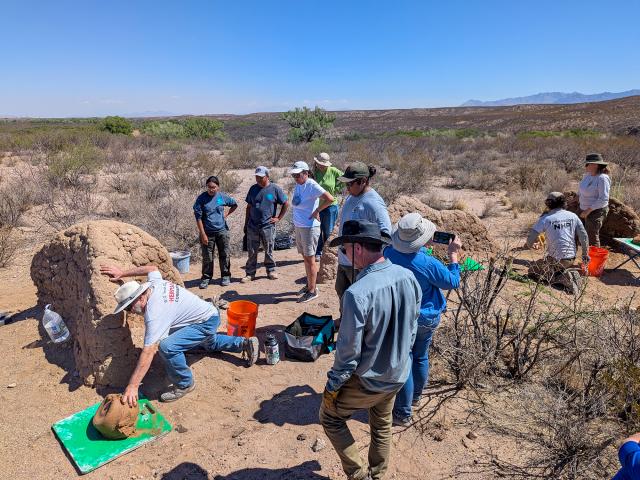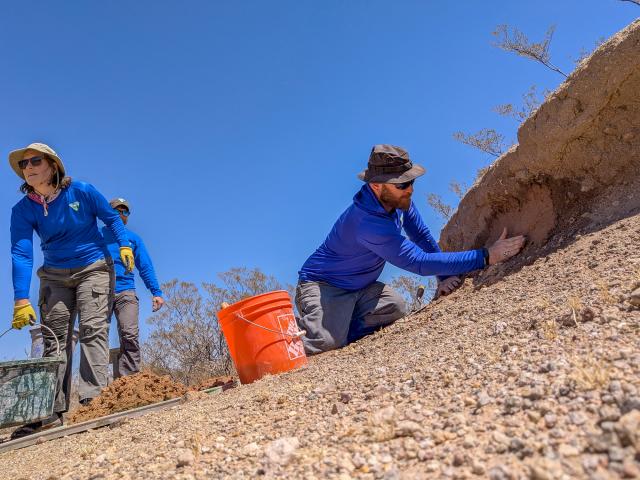Related Stories
- Stewardship and smiles at Samoa Dunes: BLM California hosts National Public Lands Day event
- Lake Havasu Fisheries Improvement Program is the gift that keeps giving
- Historic Umtanum Suspension Bridge wins international footbridge award
- BLM is thankful for public lands volunteers
- Agua Fria National Monument: A desert oasis with a rich history and a vital present
Office
3201 E. Universal Way
Tucson, AZ 85756
United States
Phone:
Email:



